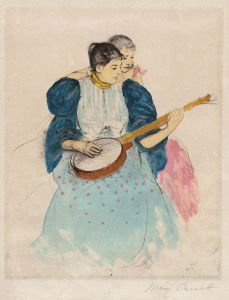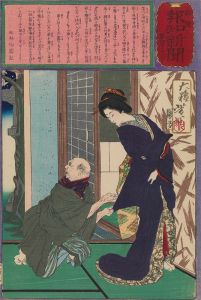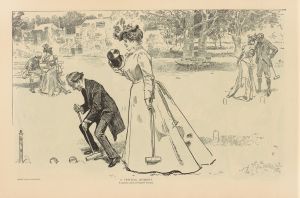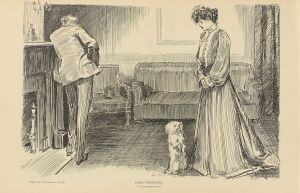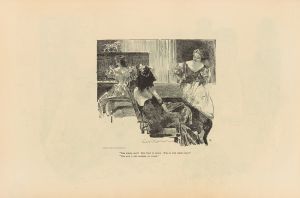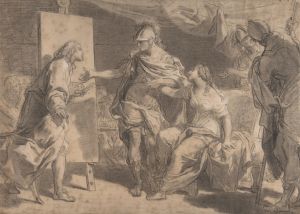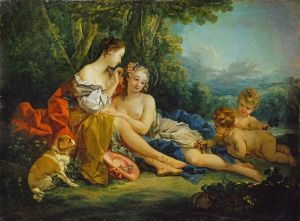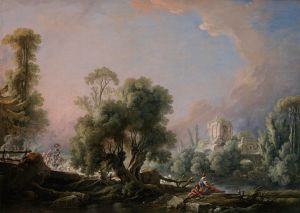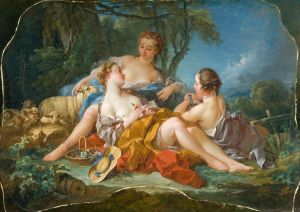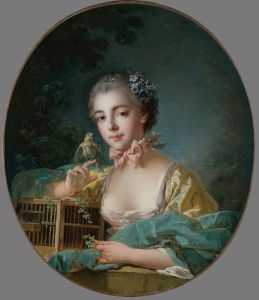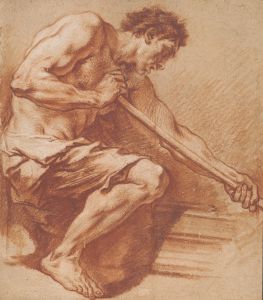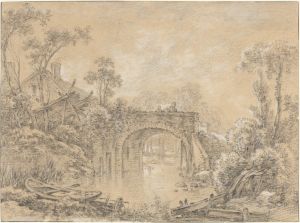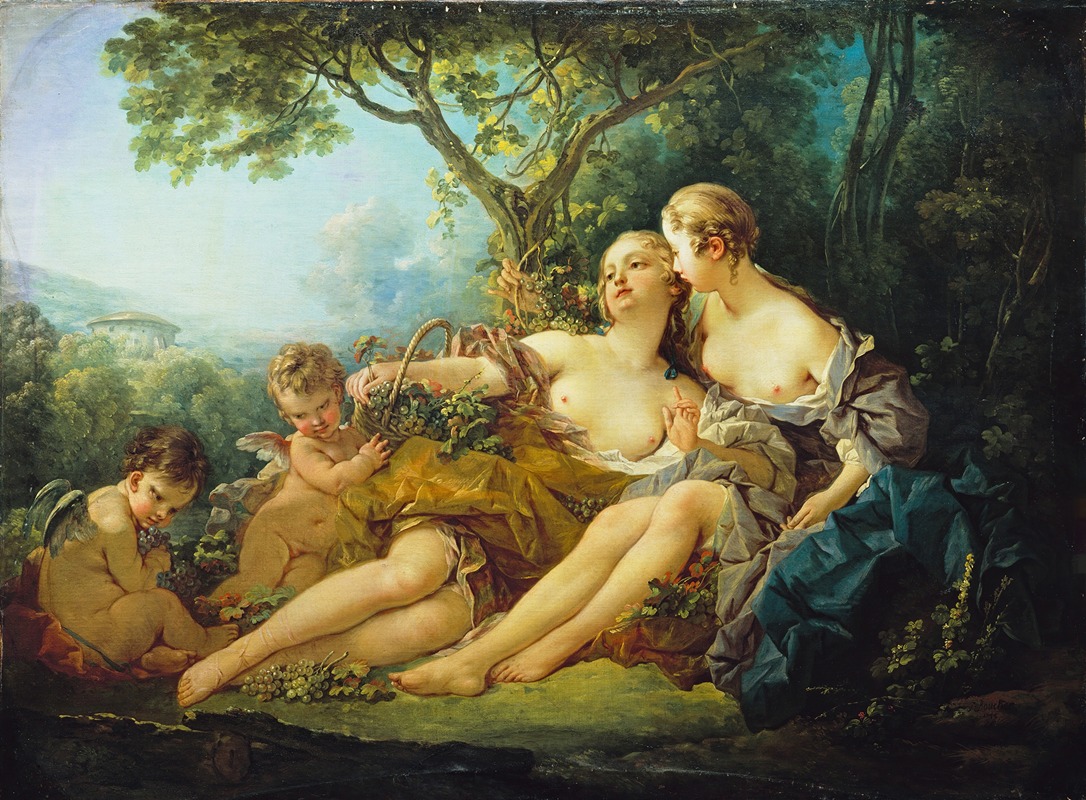
Erigone Conquered
A hand-painted replica of François Boucher’s masterpiece Erigone Conquered, meticulously crafted by professional artists to capture the true essence of the original. Each piece is created with museum-quality canvas and rare mineral pigments, carefully painted by experienced artists with delicate brushstrokes and rich, layered colors to perfectly recreate the texture of the original artwork. Unlike machine-printed reproductions, this hand-painted version brings the painting to life, infused with the artist’s emotions and skill in every stroke. Whether for personal collection or home decoration, it instantly elevates the artistic atmosphere of any space.
François Boucher, a prominent French painter of the Rococo style, is known for his idyllic and voluptuous depictions of classical themes, decorative allegories, and pastoral scenes. One of his works, "Erigone Conquered," exemplifies his mastery in portraying mythological subjects with a sensuous and playful touch. Although specific details about this particular painting are scarce, Boucher's oeuvre provides a context for understanding the themes and style he employed.
Boucher was born in Paris in 1703 and became one of the most celebrated artists of the 18th century. He was a favorite of Madame de Pompadour, the influential mistress of King Louis XV, and his works were highly sought after by the French aristocracy. Boucher's paintings are characterized by their soft colors, fluid lines, and an emphasis on light-hearted, often erotic, subject matter. His work is often associated with the Rococo movement, which was marked by its ornate and decorative qualities, as well as its focus on themes of love and nature.
The mythological figure of Erigone, whom Boucher depicted in "Erigone Conquered," is rooted in Greek mythology. Erigone was the daughter of Icarius of Athens, a figure associated with the introduction of wine to the Greeks. According to myth, Erigone was led to her father's grave by their loyal dog Maera after he was killed by shepherds who believed they had been poisoned by the wine he shared with them. In her grief, Erigone hanged herself, and both she and her father were placed among the stars as constellations by the gods.
Boucher's interpretation of Erigone likely draws on the themes of beauty, tragedy, and transformation inherent in her story. His portrayal would have been in keeping with the Rococo style's penchant for romantic and mythological subjects, often imbued with a sense of whimsy and sensuality. Boucher's ability to capture the delicate interplay of light and shadow, along with his skill in rendering the human form, would have brought a sense of vitality and emotion to the scene.
While specific details about "Erigone Conquered" are limited, Boucher's broader body of work provides insight into how he might have approached this subject. His paintings often feature lush landscapes, soft drapery, and figures in dynamic poses, all rendered with a lightness of touch that conveys both elegance and movement. Boucher's work was instrumental in defining the Rococo aesthetic, and his influence extended beyond painting to include tapestry design, printmaking, and decorative arts.
In summary, François Boucher's "Erigone Conquered" can be understood within the context of his broader artistic achievements and the Rococo movement. Although specific information about this painting is not readily available, Boucher's reputation as a master of mythological and allegorical subjects suggests that it would have been a work of beauty and technical skill, reflecting the themes of love, loss, and transformation that pervade his oeuvre.





